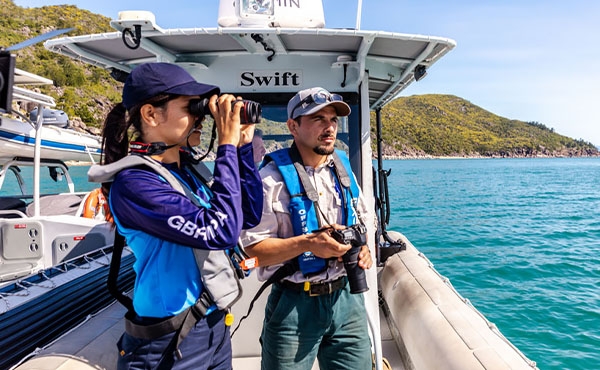The ports management topic encompasses all aspects of the development, operation and maintenance of ports, with the exception of shipping and ship movements. There are 12 ports within or adjacent to the Reef that affect the Region’s ecosystem and heritage values (Section 5.7).
Management of ports is primarily led by individual port authorities that are Queensland Government-owned corporations, with oversight by the Queensland Department of Transport and Main Roads. The management and planning arrangements for ports cross a range of key management issues, consisting of: master plans (for priority ports) and land use plans; long-term maintenance dredging management plans and associated frameworks; Queensland Coastal Contingency Action Plan;1977 port procedures; marine biosecurity arrangements (including ballast water exchange requirements); and permit requirements associated with specific activities.
Within individual port areas, port authorities are responsible for the management of vessel loading/unloading and movements and the development and maintenance of port infrastructure, including dredging and placement of dredged material. These activities carry with them a range of environmental risks associated with threats such as marine pollution and debris, light pollution, underwater noise and vibration, habitat loss, water quality changes. General biosecurity obligations, including the risk management of marine pest introduction to coastal waters, is carried out by the Queensland Department of Agriculture and Fisheries.


